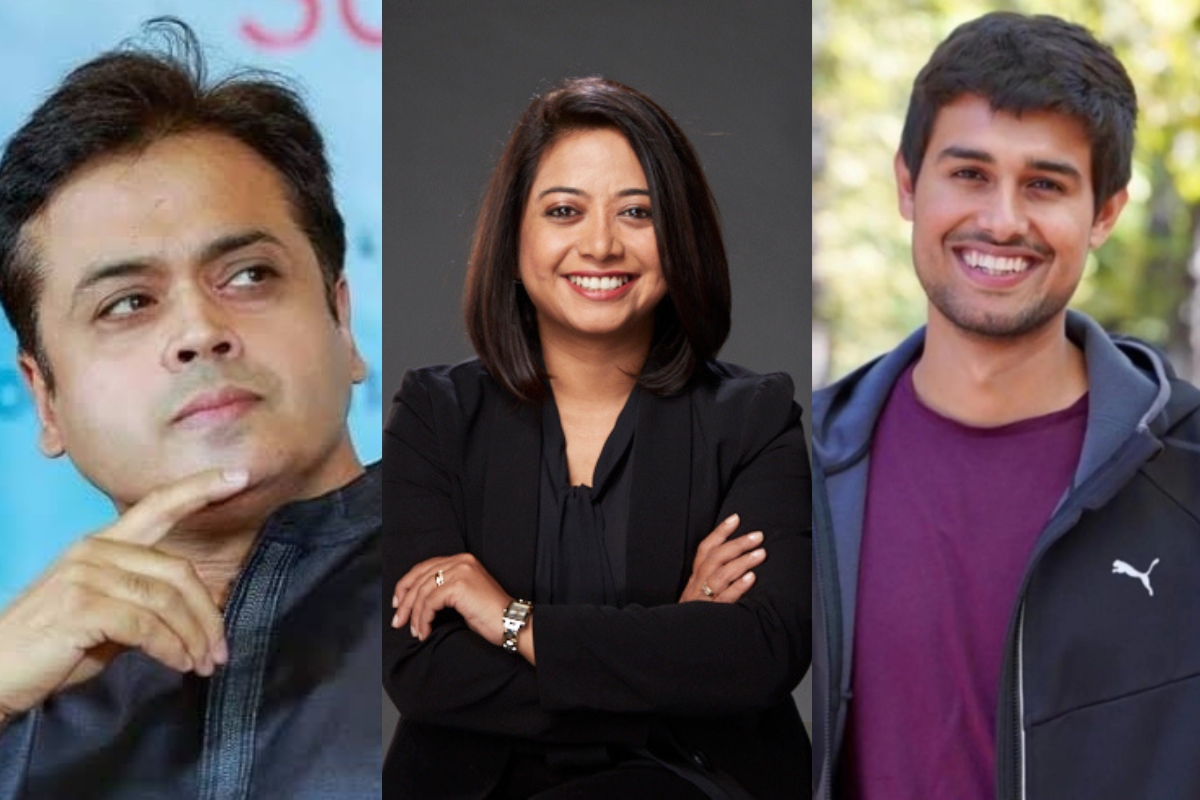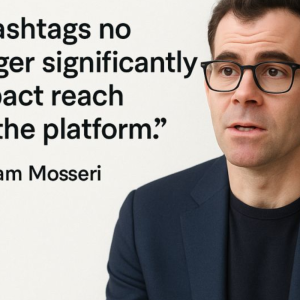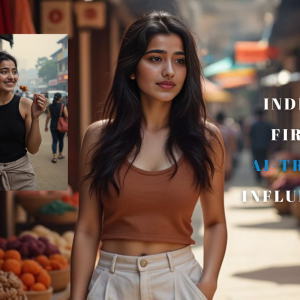The media landscape in India is undergoing a significant transformation, driven by the rise of independent news influencers. These digital creators, journalists, and fact-checkers are redefining how Indians consume news, often challenging the dominance of traditional news channels. With platforms like YouTube, Instagram, and Twitter, these influencers are bypassing gatekeepers and reaching millions, reshaping the way news is shared and discussed.
The Rise of News Influencers in India
Social media has given individuals the power to become credible voices in journalism, without the need for expensive resources or large-scale infrastructure. Influencers like Faye D’Souza, Dhruv Rathee, and Abhisar Sharma are leading this movement, leveraging their platforms to provide independent news, debunk misinformation, and give a voice to underrepresented issues.
For example, Faye D’Souza, a former TV journalist, has built a strong digital presence by addressing social and political issues with clarity and depth. Similarly, Dhruv Rathee simplifies complex topics through data-driven analysis, making his content particularly appealing to younger, tech-savvy audiences.
How News Influencers Are Changing the Game
-
Direct Engagement with Audiences
Unlike traditional news channels, which often feel distant, news influencers build strong, personal connections with their followers. They respond to comments, host live sessions, and conduct polls, making their content more interactive and relatable.
-
Covering Underreported Topics
Influencers focus on stories that mainstream media often ignores—like environmental issues, local governance, or grassroots movements. This fills a critical gap in Indian journalism.
-
Fact-Checking and Fighting Fake News
Influencers like Pratik Sinha of Alt News specialize in debunking fake news and misinformation, an area where traditional media often falters. This has made them a trusted source for fact-based reporting.
-
Youth-Centric Content
The younger generation, which is increasingly moving away from TV, prefers short, visually appealing content. News influencers use bite-sized videos, memes, and explainers to break down complex issues, making news accessible and engaging.
-
Independence from Corporate Interests
Many traditional news outlets are often accused of bias due to corporate or political affiliations. In contrast, independent influencers operate with fewer constraints, allowing them to cover controversial topics freely.
Also Read : Best Indian Podcasts to follow
Challenges Facing Digital News Influencers
While news influencers are making waves, they’re not without challenges. The lack of editorial oversight can sometimes lead to misinformation or sensationalism. Additionally, the race for clicks and views can pressure creators to prioritize trending topics over in-depth reporting.
There’s also the issue of accountability. Unlike traditional media, which operates under strict regulatory frameworks, the digital space remains largely unregulated. This raises questions about ethics and the long-term impact of influencer journalism.
How Traditional Media Is Adapting
Faced with growing competition, traditional news channels are stepping up their digital game. Established players like NDTV, India Today, and Times Now are investing heavily in YouTube, Instagram, and Twitter. Veteran journalists like Ravish Kumar are also embracing digital platforms to reach younger audiences.
This shift suggests that traditional and digital journalism are not mutually exclusive. Instead, they are evolving to coexist, offering viewers a mix of legacy credibility and modern accessibility.
The Future of News in India
Indian news influencers are not just challenging traditional media; they are holding it accountable and raising the bar for journalism. By making news more democratic, interactive, and engaging, they’re shaping a future where diverse voices thrive.
As this digital revolution continues, the balance between traditional news channels and independent influencers will define the next chapter of Indian journalism.










